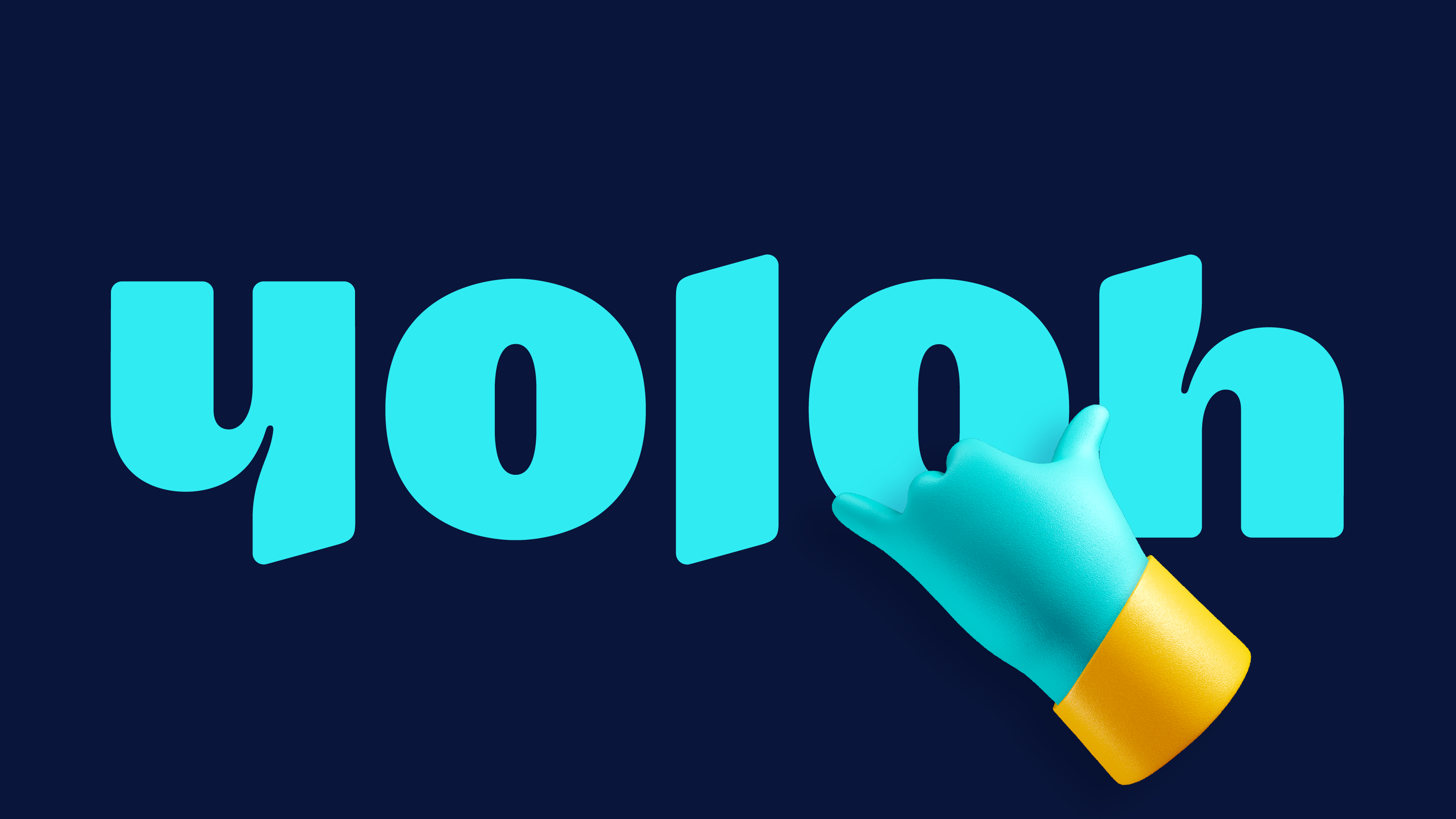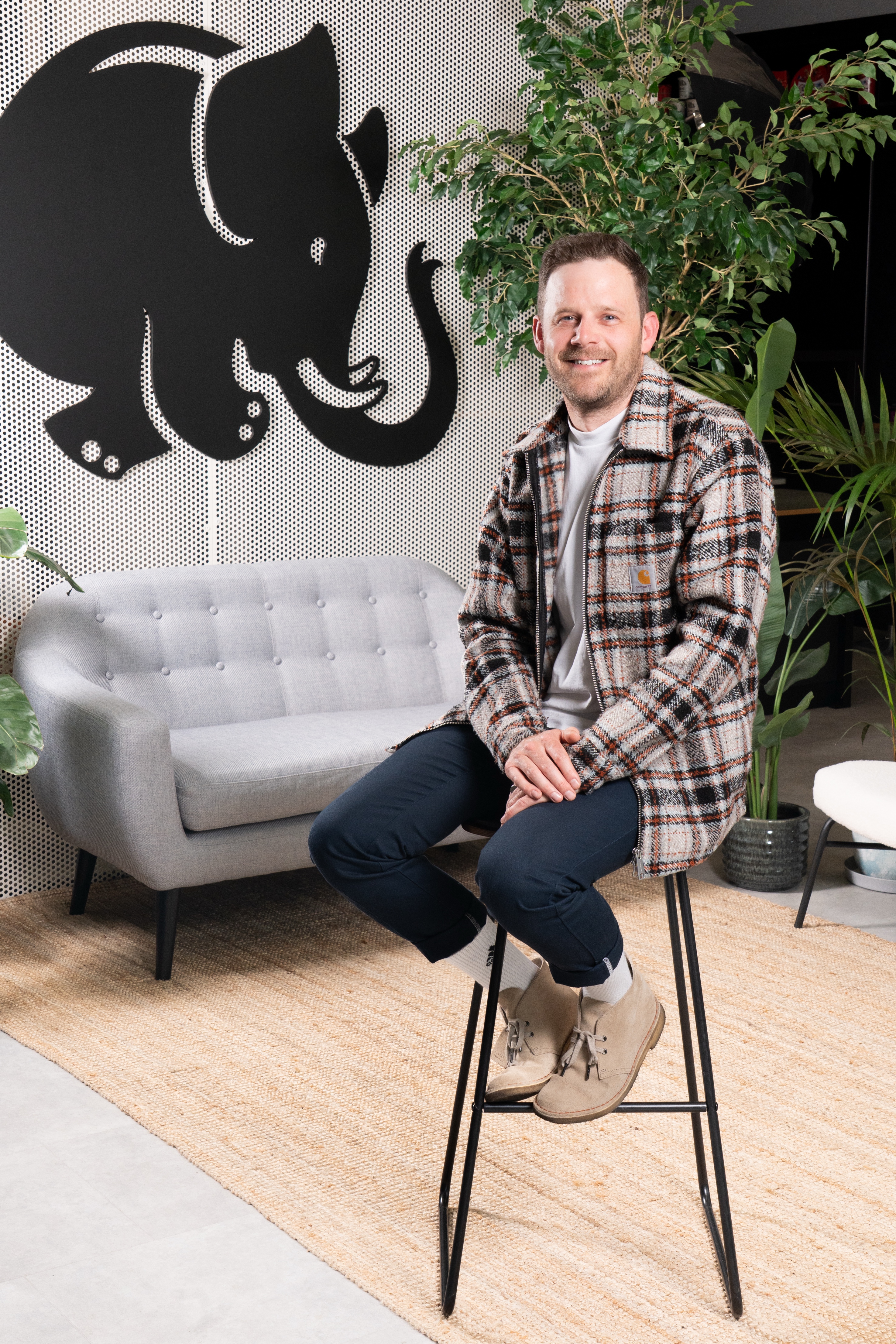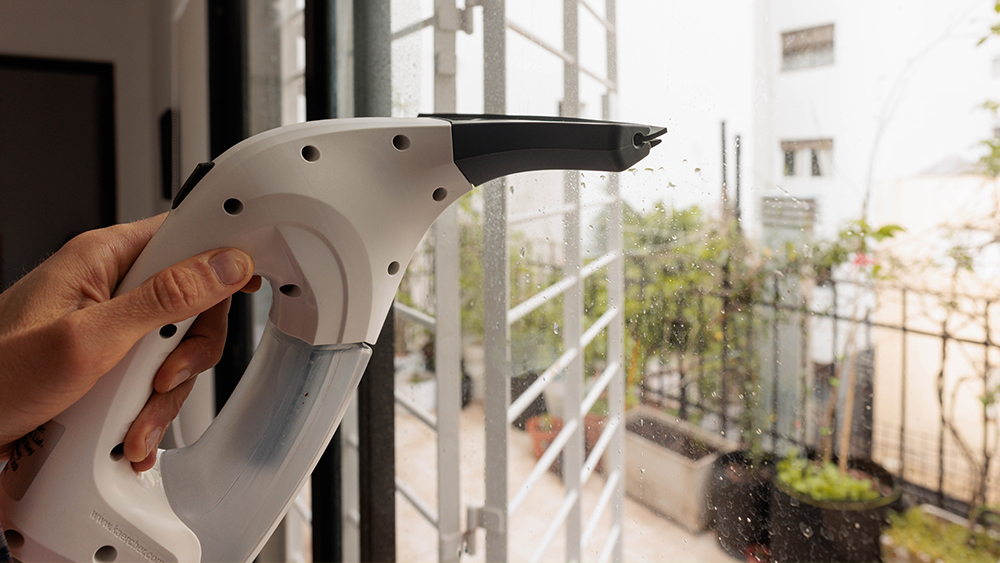What is brand strategy and why is it so vital?
Taxi Studio's Jamie Watson explains this often overlooked area of branding.

Brand strategy is an often overlooked area of design. We don't often talk about the nitty gritty of a brand strategist's work, because, let's be honest, we're all too easily distracted by the hottest new rebrands of the decade or the best logos.
But that doesn't mean that brand strategy isn't important, and the best creative work often has a team of talented strategists behind it, as we see with the dedicated Brand Strategy category at the Brand Impact Awards (BIAs).
Ahead of the closing date for the BIAs, I caught up with Jamie Watson, one of the BIA judges of the Brand Strategy category to chat about all things strategy.

Having been at Taxi Studio for over 3 years, Jamie heads up the strategy team. From brand rejuvenation to portfolio architectures to visual identities, and everything in between, Jamie works across the worlds of beer, pet food, electronics, healthcare and FMCG. Before making the leap to design agencies, he was in adland for over 10 years, at global agencies BBH, McCann and M&C Saatchi. He's worked on everything from global TV campaigns to social campaigns to supermarket shelf wobblers for clients including Adidas, Clarks, Barclays and Australia’s Woolworths.
What is brand strategy?
Brand strategy is all about deciding who your brand is, what it stands for and why people should buy it and pay more for it beyond your competitors.
And why should we care about it?
It's ultimately about making sure that within the context of an agency, that the work works. It's making sure that we're not just creating nice things… but that it's gonna help our clients achieve what they want to achieve. Because they're paying us money to help them make more money, to be quite blunt and simplistic about it.
If I gave you a brief now and said, ‘I need a strategy’. Where would you start?
Start off with the brief itself. Work out what a client actually wants to achieve. Are they briefing you with something that is a problem that they have within business that they want the brand strategy and creativity to help resolve, or are they asking you to create something for them?
If they are just asking you to create something for them, then it's understanding whether that is the right solution. It may be that some clients are really good and smart and can get to the answer pretty quickly. With others, you might worry that they're asking the wrong questions, or they're thinking the wrong solution to what their problem is.
So that's the first port of call: interrogating the brief, making sure that it's asking the right questions. You need to be really clear on what you as an agency is being paid for and being asked for by a client. Because I think when it comes to briefing designers and creatives, it's important to give them that context and to communicate it in a way that is clear for them and helps them understand what they're trying to achieve, rather than just doing what you're asking them or what the clients ask of them. Their big, wonderful, creative brains may come up with a better solution that you didn't think of as a strategist.
So that's the first stage. Then it kind of branches: going broad, making sure that we have a good understanding of the brand… Who are their competitors? Why are they their competitors? What's the dynamics of the category? Is it growing? Who's leading the category? Who's disrupting it? All those sorts of things.
Strategy was always the voice of consumers
If you had design and creators being the voice of ideas, you had account management being the voice of the client, strategy was always the voice of consumers. It was born out of basically being the researcher in the room to make sure that you're coming from a consumer point of view and make sure that you're considering culture at large.
So what are the macro drivers that may affect your brand, your category, and your consumers? And sometimes those are there just to paint broad brushstrokes of the world of which we're operating in because our brands and our categories are more often not very, very small things in people's lives.
They don't care about brands anywhere near as much as any of us do... So it's all about kind of going wide and distilling that information down into a compelling point of view and a narrative, depending what the context of the project is.
If that's about positioning a brand and developing a brand strategy, what is that brand strategy? How much is that evolving from a brand that may already exist, or if it's a brand new brand, are we setting up that brand for success?
Daily design news, reviews, how-tos and more, as picked by the editors.
Bear in mind all of those external factors, and then it's about distilling all of that down into a compelling point of view, both to convince or sell to the client, but then ultimately to your creative and design partners as well to help bring that to life. And that could be as specific as a piece of packaging. Could be a visual identity for a brand, or it could be a whole creative idea for a brand, and something that's going to touch every kind of touchpoint.
Then ultimately, it's about helping sell that into clients as well, and about making the work work, convincing them that work that we're showing them is not just lovely and beautiful and interesting and differentiated or disruptive, whatever it may be, but it's going to answer their brief and make that connection between their probably quite dry 80-slide PowerPoint they gave you at the beginning, and this amazing piece of design that they're seeing. It's kind of being the conduit and the rationalisation between the two, and making sure that the work is going to work for them, or at least you think it will. And this is why you think it will.
Can you talk us through a recent project, in terms of strategy?
Yoloh was a project where the founders of the business came to us with a name and a bit of an idea for their brand, and really just said that they needed it started off.... They needed some assets for their website and maybe a logo and that sort of stuff. But we quickly realised that although they had some words on a page that said ‘brand strategy’, it wasn't really adding any sort of clarity or direction as to what they needed.
It didn't feel like something that was gonna set them up for success, because ultimately, a brand strategy should help you make decisions. It should help you decide who you are as a brand as much as who you're not. So we talked a lot because they're basically a kind of fintech, insurance, tech brand. They just didn't feel like part of that world. And when they're trying to talk to the customers, they just didn't feel like they were setting themselves up for success from a strategy point of view, before we even got to what that brand looks like.
So I think it was a lot of desk research, to be honest, on that project in particular, but a lot of research understanding all those things that I talked about, like what we call the 4Cs around the Company, Consumer, Category and Culture, making sure that we're understanding everything from that point of view, and then developing a strategy that makes sense out of that.
We identified that we needed to both fit in with that category of fintech, but also make sure that we were speaking differently to the rest of insurance brands as well. So we talked about insurance dejumbled, which just felt like quite a funny piece of language that I think actually came out of one of our designers' brains.
So it got us to a really nice place where we were evolving the brand into a place strategically, before we even got into design, into a place that felt different to the rest of insurance, but felt like it fitted within that broader world of kind of modern digital, fintech brands. That was the first step.
How do you bring it to life in a way that feels fresh and familiar and novel and gets people's attention?
And then we got into how do we bring that to life in a way that feels like everything we talked about in strategy – modern, disruptive, engaging, human and that [led to] a lot of the visual identity and the handy asset that we created because we felt like in a category that's very intangible, having a tangible, physical asset helps with memorability. It helps with that kind of system one thinking, it’s a really quick way to recognise and understand who the brand is.
So that was a really important part of the design thinking, as well as the overall visual identity that speaks to lots of the conventions around the category. There’s lots of blue on it to be really simplistic, and that's the core category colour, but done in a way that feels really disruptive and really playful.
At Taxi, we talk about Create Unforgettable. And a lot of that is about balancing the fresh with the familiar. It's playing to existing memory structures, whether that's around a brand, around a category, around a product or an experience. But how do you bring a level of freshness to it so it's familiar enough that people recognise it as something that already exists.?
How do you bring it to life in a way that feels fresh and familiar and novel and gets people's attention so it gets it to the top of people's minds? So I think Yoloh is a really good example of that feeling insurancey and fintechy enough, but ultimately feeling different at the same time.
How do you define success when it comes to your brand strategy?
I think broadly, for me, it's all about being useful. It's all about helping you make decisions. It's about adding clarity. It's about adding direction. It's about creating something that feels exciting for people.
Whether that's internal in terms of you working with designers and creatives and briefing them, or whether that's the piece of strategic thinking you provided for a client, if it feels it's something they can actually use, that’s beneficial.
If you're creating a piece of work for a client that ultimately just ends up as a PowerPoint file on their computer that they never look at again, they just feel like they've ticked the box, that's not really helpful. You want to be creating something that's informing all of their decisions around what they do, around communication, social media, content, product innovation, how they show up on a website, their PR strategy, their social strategy. Ultimately, it should be impacting every single touchpoint that they have.
How do you see brand strategy evolving in the coming years?
I think [brand strategy is] definitely impacted by AI. I think everything is. We're quite strong advocates of AI at Taxi. I think we're very keen to use it. One of our creative directors, who's also our AI lead, talks about AI sandwiches. So he talks about having a smart human brain at the beginning of the process, so you're making sure that you're asking the right questions, you have AI in the middle, and then you have a smart human brain at the end of the process to help analyse the answers, so you're not just taking things verbatim. So I think that's so we're more than happy to use it.
I think it may become further challenge to demonstrate the value of [strategy] when you feel like you can get AI to spit you out a presentation, a deck, help do your research for you really quickly. So it's about making sure that you're using it, but you're not losing the nuance of like, actually speaking to people, spending time in people's homes, making sure that you're working with creatives.
And I think there's a broader thing of how people interact with brands is really different. I think the way people shop, the way people consume media is just continuing to change and fragment. And I think that's a challenge not just for strategy, but just for brands and marketing full stop.
So it's kind of being aware of all of that, being comfortable when things feel a bit uncomfortable and a bit scary, but ultimately, I think lots of things remain true, and I think more things stay the same than things change a lot of the time. So I think it's kind of not getting too caught up in things changing and new bandwagons and all that sort of stuff.
Have you created some standout brand strategy? Enter the Brand Impact Awards today.

Rosie Hilder is Creative Bloq's Deputy Editor. After beginning her career in journalism in Argentina – where she worked as Deputy Editor of Time Out Buenos Aires – she moved back to the UK and joined Future Plc in 2016. Since then, she's worked as Operations Editor on magazines including Computer Arts, 3D World and Paint & Draw and Mac|Life. In 2018, she joined Creative Bloq, where she now assists with the daily management of the site, including growing the site's reach, getting involved in events, such as judging the Brand Impact Awards, and helping make sure our content serves the reader as best it can.
You must confirm your public display name before commenting
Please logout and then login again, you will then be prompted to enter your display name.
